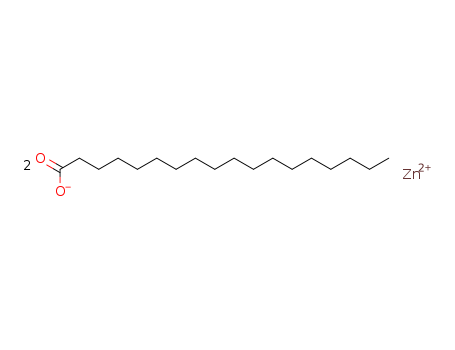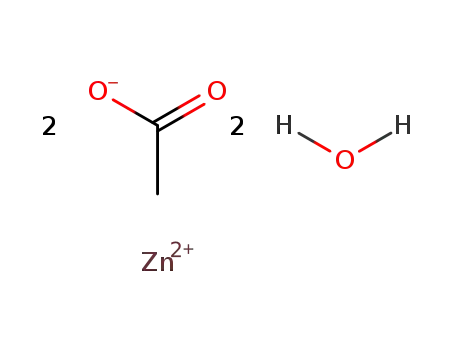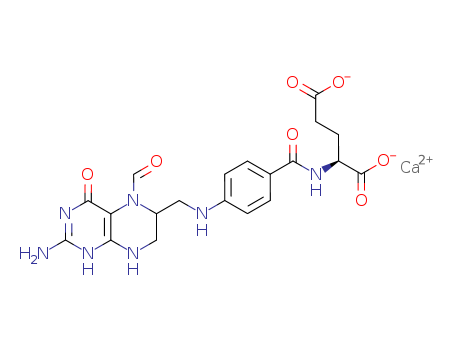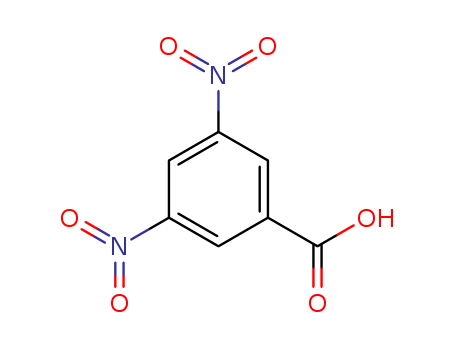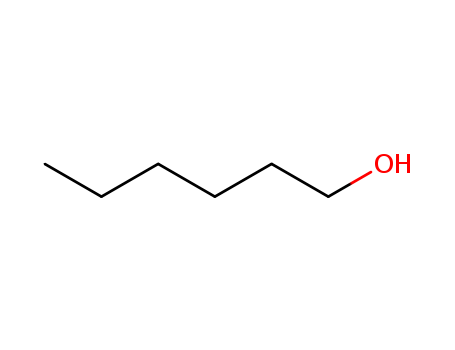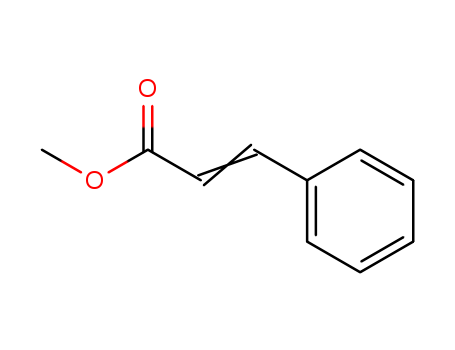|
Outline
|
Zinc stearate is white light fine powder. Formula is ZN (C17H35COO) 2, molecular structure is? RCOOZnOOCR (R is alkyl group of industry stearate), it is combustible, specific gravity is 1.095, ignition point is 900℃, density is 1.095, melting point is 130℃, it has creamy feel. It is insoluble in water, alcohol, ether, soluble in hot ethanol, turpentine, benzene and other organic solvents and acids. Zinc stearate is heated and dissolved in organic solvent, when exposes cold, it becomes jelly, when meets strong acid, it can decompose into stearic acid and corresponding zinc. It has lubricity, hygroscopic, non-toxic, slightly irritating, non-polluting, non-hazardous properties. For zinc stearate is dissolved in benzene and calcium stearate is benzene-insoluble, it is possible to separate the calcium stearate and zinc stearate. Zinc stearate is not soluble in polar solvents, but when be heated, it is high dissolved in aromatic compound agent chlorinated hydrocarbons. The main application areas are plastics and rubber industry, it is used as lubricant and release agent for excellent compatibility.
|
|
Uses
|
1. Zinc stearate can be used as rubber products soften lubricants, textiles lighting agent, PVC stabilizers. 2. It can be used as stabilizer in polyvinyl chloride plastics, rubber softener. 3. Zinc stearate can be used in the pharmaceutical industry, preparation of solidified oil and lubricants, it can be also used as paint drying agent. Non-toxic products for PVC and rubber processing, the synergy of calcium stearate and barium stearate can effectively improve PVC and rubber for light and heat stability, PVC processing amount is usually <1; it can be used for touch agent of rubber products, it can also be used as polymeric additive of PP, PE, PS, EPS and pencil manufacturing, it is generally used in the amount of 1 to 3 parts.
|
|
How to remove residual zinc stearate of aluminum surface processing
|
It is generally used polish manner to treat residual zinc stearate. It maybe damage the substrate when uses lure acid.
|
|
Product Features
|
Zinc stearate has good thermal stability, initial stage stainability is small, it has good light stability and it has synergy effect with calcium stearate and barium stearate, it has foam effect and it can be used as foaming aid in foam products, it can be used as the lubricant of cosmetic face powder. Glue the pink plastic lubricants. Zinc stearate is used as PVC stabilizers. When coordinates with barium-cadmium soap, it is mainly used in soft products, characteristic is that it can restrain initial coloration and avoid sulfide pollution. Zinc stearate can also be used styrene (polystyrene and ABC, SAN resins), phenolic resins, amino resins and plastics and other heat-curing polyester plasticizer, lubricant and release agent of transparent products. In the rubber industry, it can be used as rubber lubricants and anti-blocking agent, curing catalyst media activator. It can be used as lighting agent of textile products. It can be used as flatting agent in enamel paint industry.
|
|
Description
|
Zinc stearate is a "zinc soap" that is widely used industrially. In this context, soap is used in its formal sense, a metal "salt" of a fatty acid. It is a white solid that repels water. It is insoluble in polar solvents such as alcohol and ether but soluble in aromatic hydrocarbons (e.g., benzene and chlorinated hydrocarbons) when heated. It is the most powerful mold release agent among all metal soaps. It contains no electrolyte and has a hydrophobic effect. Its main application areas are the plastics and rubber industry where it is used as a releasing agent and lubricant which can be easily incorporated. Zinc carboxylates, e.g. basic zinc acetate, adopt complex formulas, and are not simply dicarboxylates of zinc. Instead the formula for most zinc carboxylates is Zn4O(O2CR)6, consisting of a Zn4O6+ core with carboxylate ligands spanning the edges.
|
|
Chemical Properties
|
white powder with fatty acid odour
|
|
Application
|
It is widely used as a release agent for the production of many kinds of objects rubber, poly urethane, poly ester processing system, powder metallurgy. These applications exploit its "non-stick" properties . In cosmetics, zinc stearate is a lubricant and thickening to improve texture. It is an "activator" for rubber vulcanization by sulfur and accelerators. As discovered in the early days of vulcanization, zinc has a beneficial effect on the reaction of the sulfur with the polyolefin. The stearate is a form of zinc that is highly soluble in the nonpolar medium of the poly olefins. Being lipophilic, it functions as a phase transfer catalyst for the saponification of fats.
|
|
Production Methods
|
An aqueous solution of zinc sulfate is added to sodium stearate solution to precipitate zinc stearate. The zinc stearate is then washed with water and dried. Zinc stearate may also be prepared from stearic acid and zinc chloride.
|
|
General Description
|
White, hydrophobic powder with a slight, characteristic odor. Mp: 130°C. Density: 1.1 g cm-3. Insoluble in water, ethyl alcohol and diethyl ether. Soluble in acids. Non-toxic. In technical grades, the percentage of zinc may vary according to the intended use. Products with less than the theoretical amount of zinc are more acidic.
|
|
Reactivity Profile
|
Zinc stearate is non-flammable but combustible. Incompatible with oxidizing agents, dilute acids. Emits acrid smoke and fumes of ZnO when heated to decomposition (Hazardous Chemicals Desk Reference, p. 865 (1987)).
|
|
Flammability and Explosibility
|
Notclassified
|
|
Pharmaceutical Applications
|
Zinc stearate is primarily used in pharmaceutical formulations as a lubricant in tablet and capsule manufacture at concentrations up to 1.5% w/w. It has also been used as a thickening and opacifying agent in cosmetic and pharmaceutical creams, and as a dusting powder.
|
|
Safety Profile
|
Poison by intratracheal route. Inhalation of zinc stearate has been reported as causing pulmonary fibrosis. A nuisance dust. Combustible when exposed to heat or flame. To fight fire, use water, foam, CO2, dry chemical. When heated to decomposition it emits toxic fumes of ZnO. See also ZINC COMPOUNDS.
|
|
Safety
|
Zinc stearate is used in oral and topical pharmaceutical formulations, and is generally regarded as a nontoxic and nonirritant excipient. However, following inhalation, it has been associated with fatal pneumonitis, particularly in infants. As a result, zinc stearate has now been removed from baby dusting powders. LD50 (rat, IP): 0.25 g/kg
|
|
storage
|
Zinc stearate is stable and should be stored in a well-closed container in a cool, dry place.
|
|
Incompatibilities
|
Zinc stearate is decomposed by dilute acids. It is incompatible with strong oxidizing agents.
|
|
Regulatory Status
|
GRAS listed. Included in the FDA Inactive Ingredients Database (oral capsules and tablets). Included in nonparenteral medicines licensed in the UK. Included in the Canadian List of Acceptable Non-medicinal Ingredients.
|
|
EXPOSURE ROUTES
|
inhalation, ingestion, skin and/or eye contact
|
|
FIRST AID
|
(See procedures) Eye:Irrigate immediately Skin:Soap wash Breathing:Fresh air Swallow:Medical attention immediately
|

